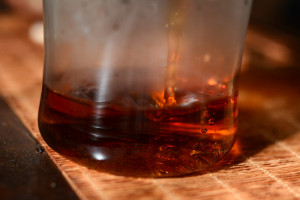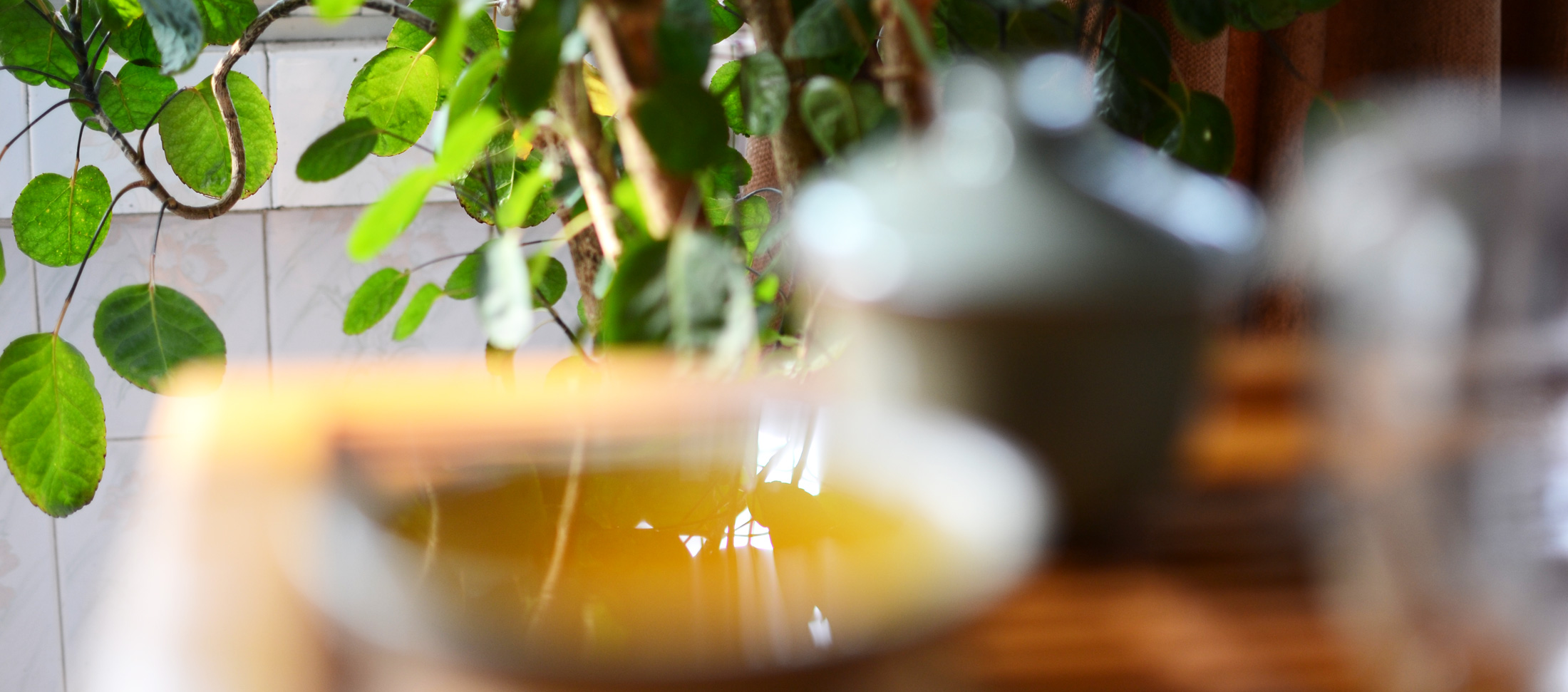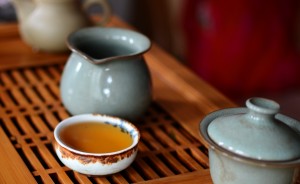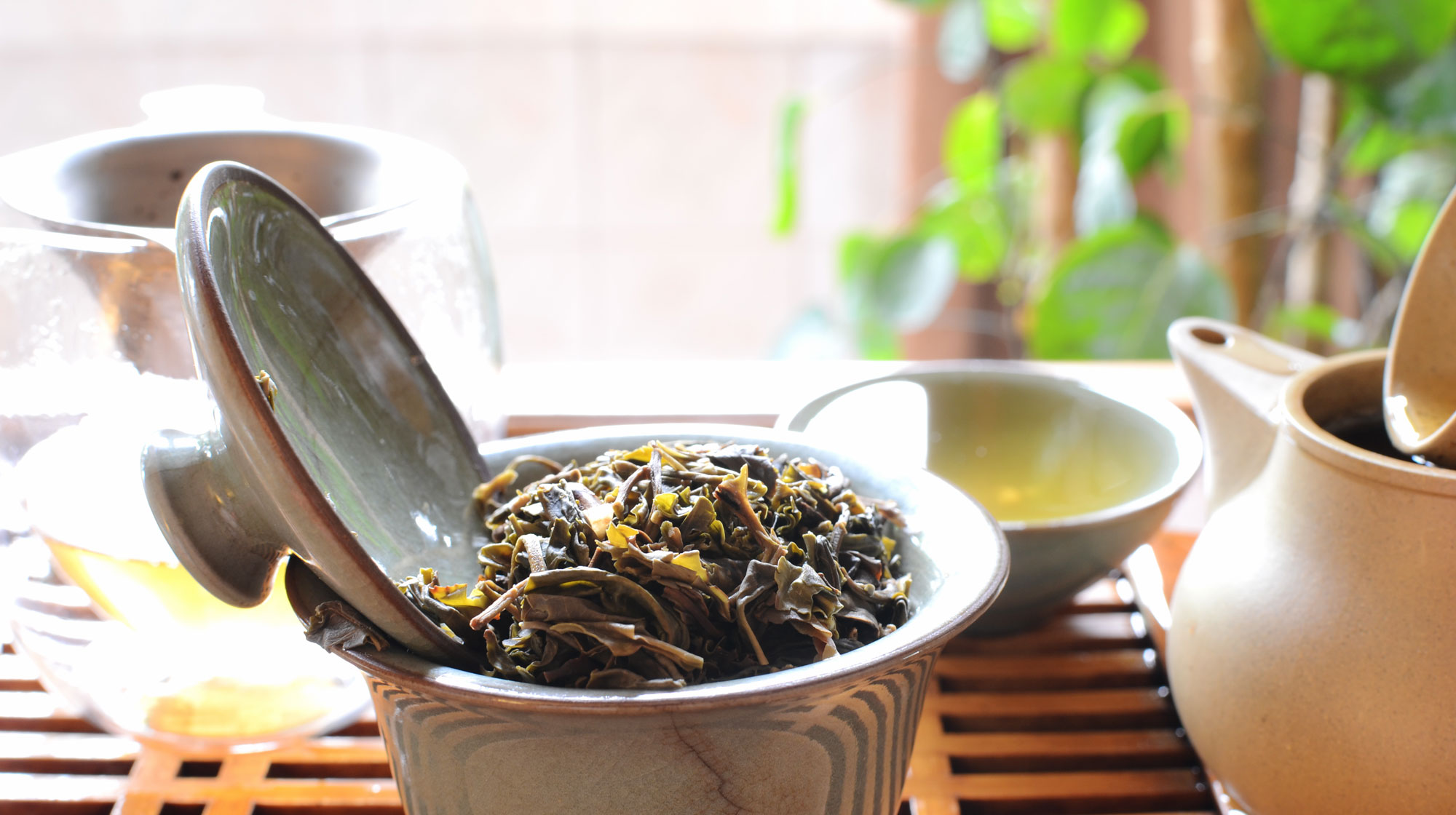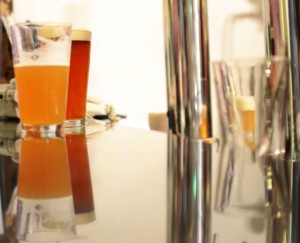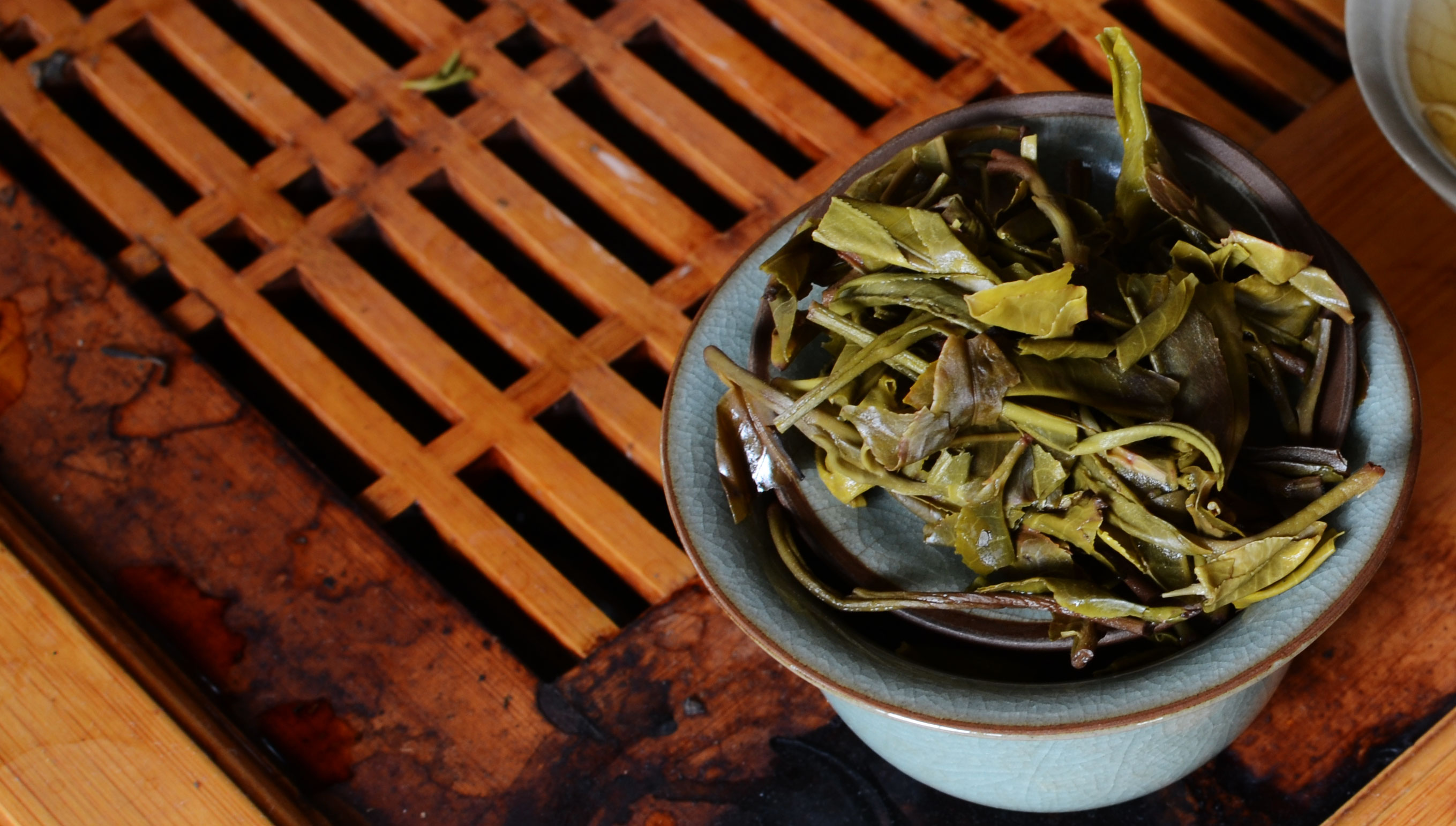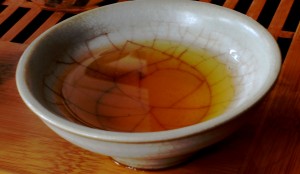What do You Want for Dinner?
I often see new tea drinkers show up to online forums and ask, “What should I buy from ____?”, seemingly not taking into account that the most important factor in the answer to this question is who will be providing the answer. I am as guilty of this as anybody. With all matter of purchases I rely on online reviews and research to figure out what’s what. The challenge for tea drinkers is that the online tea review landscape is a bit difficult to navigate due to an abundance of conflicting information and opinions. Finding a useful tea review can be a monumental task, especially when you consider the varying preferences of tea reviewers.
On a recent visit to America I met with a couple of different groups of friends, all of whom have very different culinary tastes. A few of them are what you might call meat and potatoes type eaters, where as others prefer to try the new Ethiopian restaurant down the street. If you asked the meat and potatoes group where to eat, the answer will invariably involve a restaurant where the greenest item on the menu is the parsley garnish, trailed in second place by the mint chocolate chip ice cream. This isn’t uncommon in Midwestern townships that consist of one church, three bars, and one supper club.
For the uninitiated, supper clubs are a relic of the past that still exist in abundance in Midwestern America. A typical menu consists of steak, poultry, and seafood, all served with freshly baked rolls and a salad bar (iceberg lettuce, three types of potato salad). Supper clubs usually consider the olive in your happy-hour drink to be green enough to count as vegetable serving. They might also offer steamed carrots, broccoli, and cauliflower, as a side-dish. However, this never gets ordered because french fries are a more important part of a balanced diet. In the past I made the mistake of asking the meat and potatoes friends to recommend the best dinner haunts. Now, this is not to say that I don’t enjoy a good bi-annual supper club trip, but I do prefer vegetables and variety in my eating experiences.
There in lies the most oft overlooked point when asking for advice; considering the preferences of the person behind the recommendation is as important as considering the recommendation itself.

Quick Case Study from Reddit’s /r/scotch
For the (second time) uninitiated, /r/scotch is a lovely online community on Reddit where users enthusiastically review their whiskys for the world to see. Other users like me mostly lurk and browse reviews. In a recent thread, titled “What is the worst Scotch you ever tasted” there were over 300 comments in a single day from users declaring their hatred for various malts. The curious (or predictable) thing about the thread was that the comment section reads like this:
“Oh man, I hate _______.”
“You hated _____? It’s my favorite daily drinker!”
Now, keep in mind, the prompt was the worst you ever tasted, but despite the strong language there are people on both sides of the preference aisle. Users who are (mostly) experienced whisky drinkers both decrying and praising the exact same bottles. I had to jump in and defend Tobermory 10, which I think is a perfectly fine malt in its price range, although a little on the stank side of the flavor spectrum. The point is, several people would place that whisky in dreaded worst ever column, where as I think it is a solid whisky.
One man’s worst ever, another man’s treasure.
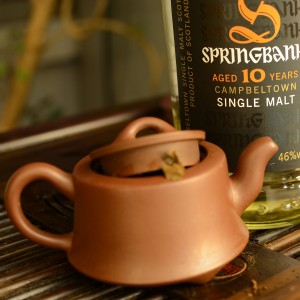
How to Seek the Right Advice
The variance in opinions might be daunting, but all is not lost when looking through online tea reviews. There are a few key points that can improve your chances of finding helpful information.
- Seek out reviewers who have a similar palate. If you can find a review that you agree with from an online user or a blog it can act as a bellwether for compatibility
- Seek out reviews from people with a similar level of experience. Reading reviews from someone with decades of tea drinking experience when you are brand new to tea might not be as helpful as finding a reviewer who is also newer to tea
- Take reviews with a grain of salt. One person might love a tea that you dislike, or vice versa (See: Tobermory 10)
- In order to limit a reviews effect on your own thoughts, attempt some blind taste tests and gauge your own thoughts more accurately
- If possible, try teas before reading reviews rather that after. To the point above, the best way to find your own preferences is through unbiased tea drinking. You might be surprised which teas are most compatible with your taste
- Seek out reliable sources. Easier said than done, as the internet is full of boisterous voices who claim expertise with very little knowledge. (Not a problem unique to tea, but particularly prevalent in the Puer world) The best way to avoid being fooled is to rely on your own preferences. Nobody knows what you enjoy better than you
The last point deserves repeating: Follow your own body. If a tea makes you feel good and the price is right, nobody’s review ought to be able to take that way. On the flip side of the coin, if everyone is praising a tea and you aren’t feeling it, don’t follow the crowd. Reviews can be a great help when searching out all sorts of products online, but remember that judging for yourself should be the final word.



